Media spends continue to be important to support the sales growth of the top four grocers and, with the exception of Sainsbury, there were double digit growths in advertising budgets last year.
Nielsen Media Research confirms Tesco as one of the biggest spending retailers, investing more than £40m on all media (TV, press, radio, cinema, outdoor and direct mail). The effectiveness of this is seen in its continued and incremental growth in market share. In the most recent 12 weeks Tesco’s market share stands at 27.5% of all sales in supermarkets, up from 25.8% this time last year. Within grocery-only sales it has a growing 27.1% share.
The past couple of weeks’ Easter trading have not had much impact on the Homescan TradeTrak figures, produced by ACNielsen. The retail market remains buoyant, with topline growths for the multiple grocers of 6% while most packaged foods, household and confectionery companies are experiencing between 2% and 5%. [Scantrack, year to March 21, 2004].
Sainsbury remains the number two food retailer, with a share of 17.4% of grocery sales. A third of all British shoppers visit a Sainsbury store every four weeks. However, this is now a customer base numerically similar to Asda and Morrisons/Safeway. Asda, with the added attraction of a strong non-food offer, continues to build on its best-ever year and will be expected to further close the food sales gap with Sainsbury over the next three months.
The investments in price cuts by Morrisons at Safeway stores will add long-term momentum to the growth in its overall market share, which currently stands at 15.2%. They will also deliver quick wins by boosting the average spend per visit, which at Morrisons’ fascia stores is £28.60 - a rise of 10% on last year. This will be the line of sight for the first Safeway store conversions.
Later in the year the battleground could move to the high street. Somerfield and the Co-operative Group are already leaders in neighbourhood retailing and are joined by a fast growing Waitrose which, like Morrisons, will bring a different range and alternative shopping format to new regions of the country.
It has never been more relevant for retailers to meet the underlying need of the consumer to use local, convenient food shops more frequently between their big spending, out-of-town visits.
Nielsen Media Research confirms Tesco as one of the biggest spending retailers, investing more than £40m on all media (TV, press, radio, cinema, outdoor and direct mail). The effectiveness of this is seen in its continued and incremental growth in market share. In the most recent 12 weeks Tesco’s market share stands at 27.5% of all sales in supermarkets, up from 25.8% this time last year. Within grocery-only sales it has a growing 27.1% share.
The past couple of weeks’ Easter trading have not had much impact on the Homescan TradeTrak figures, produced by ACNielsen. The retail market remains buoyant, with topline growths for the multiple grocers of 6% while most packaged foods, household and confectionery companies are experiencing between 2% and 5%. [Scantrack, year to March 21, 2004].
Sainsbury remains the number two food retailer, with a share of 17.4% of grocery sales. A third of all British shoppers visit a Sainsbury store every four weeks. However, this is now a customer base numerically similar to Asda and Morrisons/Safeway. Asda, with the added attraction of a strong non-food offer, continues to build on its best-ever year and will be expected to further close the food sales gap with Sainsbury over the next three months.
The investments in price cuts by Morrisons at Safeway stores will add long-term momentum to the growth in its overall market share, which currently stands at 15.2%. They will also deliver quick wins by boosting the average spend per visit, which at Morrisons’ fascia stores is £28.60 - a rise of 10% on last year. This will be the line of sight for the first Safeway store conversions.
Later in the year the battleground could move to the high street. Somerfield and the Co-operative Group are already leaders in neighbourhood retailing and are joined by a fast growing Waitrose which, like Morrisons, will bring a different range and alternative shopping format to new regions of the country.
It has never been more relevant for retailers to meet the underlying need of the consumer to use local, convenient food shops more frequently between their big spending, out-of-town visits.




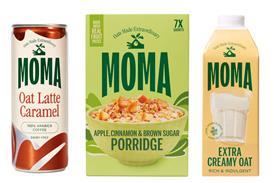




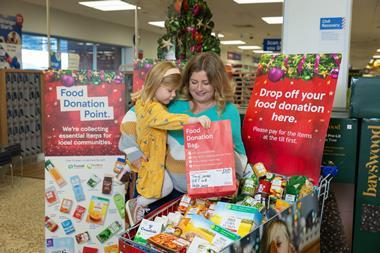
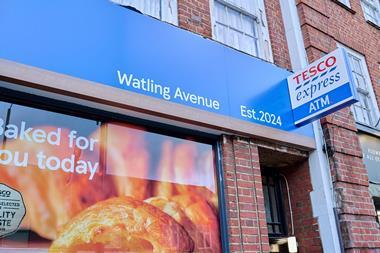

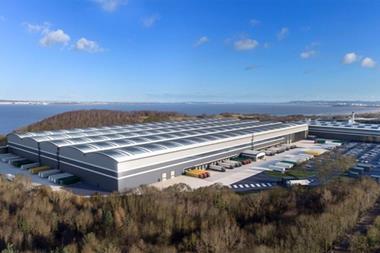

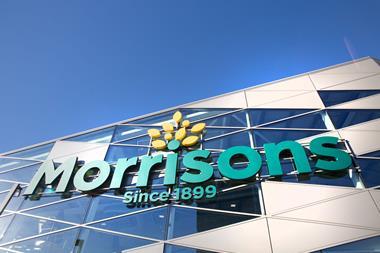


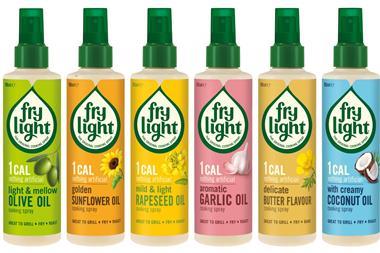
No comments yet